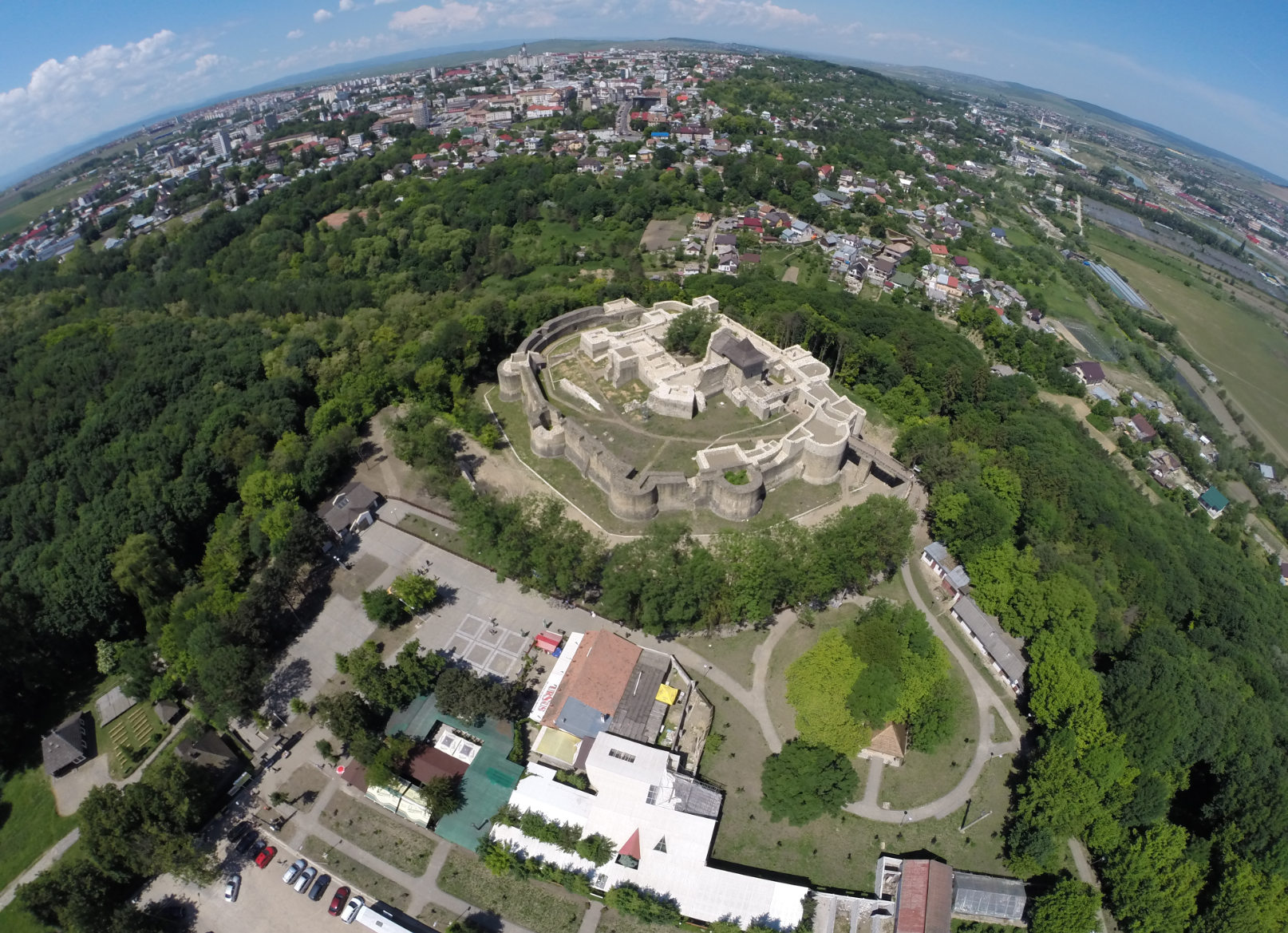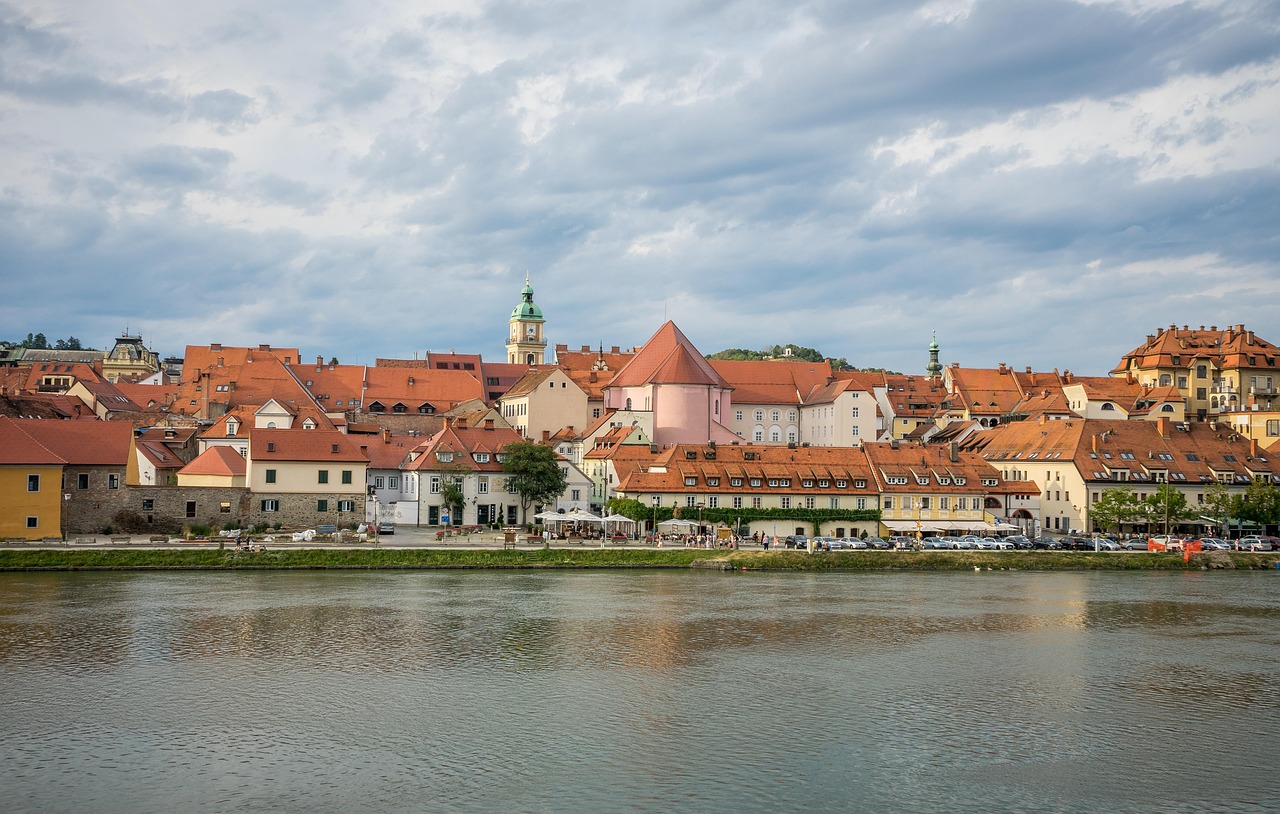

Image by Leonhard Niederwimmer from Pixabay
With over 113,000 inhabitants, Maribor is the second-largest city in Slovenia (Statistics Slovenia, 2023). Traditionally dominated by energy-intensive industrial industries, Maribor has in recent years taken steps towards becoming a circular economy city and has signed the Covenant of Mayors to voluntarily reduce emissions. Moreover, Maribor serves as a hub for research and development and is home to Slovenia’s second-largest university.
The surrounding district of Maribor is Podravje, situated in a well-connected area, with good accessibility to nearby cities such as Graz, Zagreb, and Ljubljana. This location has advantages for regional economic development but also brings challenges, such as significant outward labor migration (Interim Regional Report RIS4DANU, 2023). Moreover, Maribor-Podravje is a touristic destination with increasing potential for outdoor, rural and wine tourism.
However, the city and its surrounding region face significant risks from climate change. The traditionally warm and sunny climate in Maribor turns into more frequent heat days. By 2050 the number of hot days is projected to double, and the occurrence of tropical nights is expected to rise substantially. This trend poses increased risks for the city’s aging population (Fact Sheet Heat Plan, 2023). In rural Podravje, agricultural drought, soil erosion, and flooding from the Drava and Mura rivers are major concerns. Beyond agriculture, floods can also cause infrastructure damage to people’s houses or industry-related facilities and destroy ecological habitats that may reduce the region’s appeal for tourism.
Even though there is no dedicated Climate Change Adaptation strategy for Maribor, the city addresses some of these challenges. Responses include the current development of a heat plan, investments in circular economy measures or greening of public spaces to reduce the urban heat island effect. Currently, big issues for the region’s adaptation to climate change are the fragmentation of strategies between different actors and municipalities and their lack of cooperation. Joint implementation of adaptation measures between the city and its surrounding municipalities is further complicated when rural areas have fewer resources, weaker administrative capacities, or different priorities (RIS4DANU Final Report, 2023). The TiCCA4Danu project adopts a “city-region” approach to developing transformative innovation for climate change adaptation aiming to increase collaboration among stakeholders from Maribor, while also including the wider Podravje region.